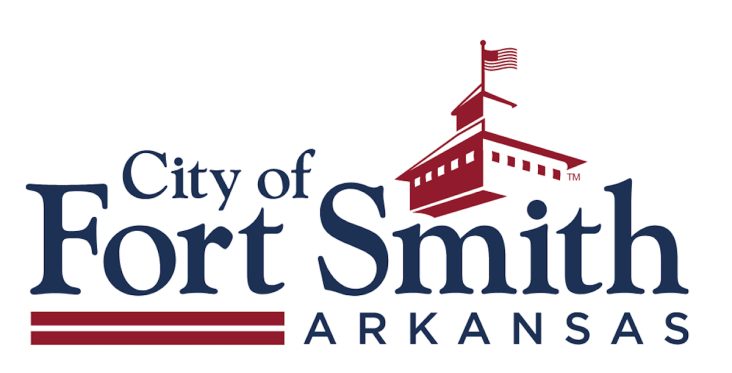Fowl language focus of upcoming Fort Smith Board of Directors meeting
by June 27, 2023 9:42 pm 854 views

The Fort Smith Board of Directors agreed during a study session Tuesday night (June 27) to put a proposed fowl amendment that would make the maximum number of chickens or ducks allowed on a property in the city on the agenda for the July 11 regular board meeting.
On April 4, the board tabled the residential fowl regulations to review additional options. At that time a proposed amendment approved March 14 by the Planning Commission recommended that fowl be limited to ducks and/or female chickens only; allowing fowl on lots that are at least 5,000 square feet and setting a cap on the number of fowl allowed on larger properties at 10. The original proposed amendment also would prohibit roosters in the city limits and would require that all fowl be kept in a fenced rear yard.
Regulations now in the Fort Smith Municipal Code only allow fowl if a property owner has a minimum of ½ acre lot. Roosters are permitted and fowl are unlimited.
Maggie Rice, director of developmental services for the city, said the main purpose of the Planning Commission for the proposed changes was to eliminate roosters due to the noise associated with them, reduce odor issues associated with too many fowl on properties and allow property owners with smaller lots to have a reasonable number of fowl.
Additional options for consideration included prohibiting roosters only; changing the property size threshold; placing maximums on the number of fowl; prohibiting fowl entirely; leaving the ordinance unchanged; limiting fowl to the rear yard within a privacy fence.
While directors debated the number of chickens – ducks were mostly ignored – that should be allowed, most seemed in agreement that roosters just have to go. Such strong sentiment might leave Foghorn Leghorn wondering just who is responsible for this unwarranted attack on his person, but Rice confirmed that her office often receives complaints about roosters.
“We get chicken complaints, typically rooster complaints, daily,” Rice said. “The main complaints we receive are roosters, which we can understand. They are noisy, and they wake people up, and they are a nuisance.”
Rice said her department doesn’t make a habit of surveying for fowl in the city and investigations are purely complaint driven.
“I just don’t have the staff to physically go by and look for chickens in backyards on a regular basis,” Rice said.
When complaints do come in, one of two employees take a city vehicle, go to the area of the complaint, park and listen, Rice said.
“Hopefully they hear the rooster crow and identify the property,” Rice said. “It’s typically not too hard to find a rooster.”
If the property is less than a half acre, the city will make contact with the property owner and inform them they cannot have fowl. The property owner then has seven days to get rid of the chickens. But if the property is of appropriate size, the rooster can stay.
City directors want to change that.
While they don’t want roosters in the city, directors are OK with chickens and ducks. The general consensus was that allowing chickens on lots that are at least 5,000 square feet was acceptable. No concerns were raised about four fowl being allowed on that size lot. But a cap of 10 on property of a half acre or larger was debated. While directors voicing opinions agreed that raising the number as the lot size grew made sense, the perfect number of fowl seemed elusive.
Director Kevin Settle thought the 10 fowl cap works for property owners with more than a half acre. Directors Lavon Morton and Neal Martin thought it was too low. While Martin did not have an exact number in mind, he and Morton agreed the number should be higher for those with lots larger than a half acre. Morton said 50 was too many, 10 was too low, but he would be happy with 20.
“All of it is a little bit of a Goldilocks and the Three Bears situation. I mean too hot, too cold, that’s going to vary for different people,” said Director Jarred Rego.
The directors agreed to put a proposal on the agenda for July 11 with a cap of 20 and allow for debates on amendments at that time. Fences are also a necessity, they agreed.
“I’m OK with letting people with 5,000 square feet have a few chickens as long as we are tight on fences,” Morton said.
He voiced concern over chickens in unfenced or improperly fenced yards getting into the roads, whether they had a reason to cross it, and impeding traffic.
“We do need a number. There needs to be a limit, and we need to enforce the fence rule. We don’t want them running across the road,” Morton said. “I understand we are making rules that have to be enforced, but we need them.”
The proposed amendment also states that if coops, roosts or water features are utilized, they can be no closer than 25 feet to an adjacent residential structure.
